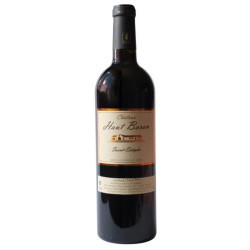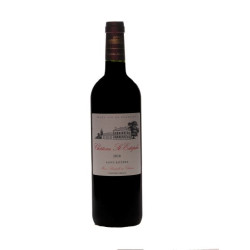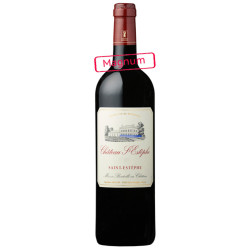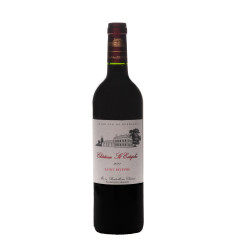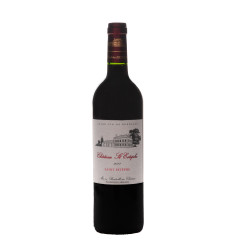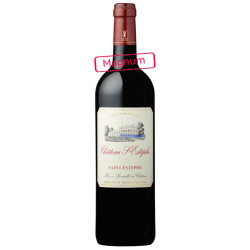Filtrer
Saint-Estèphe: Everything You Need to Know About the Wines of This Appellation
History of the AOC Saint-Estèphe
When one dreams of the great red wines of Bordeaux, particularly from the Médoc, the Saint-Estèphe appellation is certainly one of the first to come to mind. Beyond its prestigious châteaux and legendary cuvées, the AOC Saint-Estèphe offers numerous high-quality red wines at prices that remain reasonable for the region. Through our guide, discover the history, terroir, and grape varieties of the AOC Saint-Estèphe wines. Follow our advice for pairing these red wines with the perfect dishes.
What is the history of the Saint-Estèphe vineyard?
Vine cultivation in the Bordeaux region dates back to the end of the Roman Empire, but it was during the Middle Ages that viticulture truly developed in the Médoc, and specifically in Saint-Estèphe. Situated along the route of the pilgrimage to Santiago de Compostela, monks began cultivating vines as early as the 13th century. The winemaking activity never ceased to grow, even during the tumultuous period of English occupation. On the contrary, the vineyard's expansion was supported by the English and the port of Saint-Estèphe, which greatly facilitated the export of the region's wine. From the 18th century, the drainage of marshlands allowed for further expansion, and the vine became the primary crop of the village. The concept of "cru" gradually emerged, and today, the appellation boasts 5 classified growths, 15 Crus Bourgeois (including 3 exceptional ones), about thirty "Hors Classés," and 3 Crus Artisans.
Climate and Terroir of the AOC Saint-Estèphe
- Climate: The climate in Saint-Estèphe is an oceanic climate tempered by the Gironde, whose influence moderates temperature extremes in the region.
- Soils: The soil in Saint-Estèphe is predominantly gravelly. Slightly more clayey than in the more southern Médoc appellations, the soil in AOC Saint-Estèphe produces robust wines that age exceptionally well.
Classified Growths
The appellation includes 5 classified growths: Château Cos d’Estournel, Château Montrose (2nd Grand Cru Classé), Château Calon-Ségur (3rd Grand Cru Classé), Château Lafon-Rochet (4th Grand Cru Classé), and Château Cos Labory (5th Grand Cru Classé). Among the exceptional Crus Bourgeois, notable mentions include Château Haut-Marbuzet, Château Les Ormes de Pez, Château de Pez, and Château Phélan Ségur.


